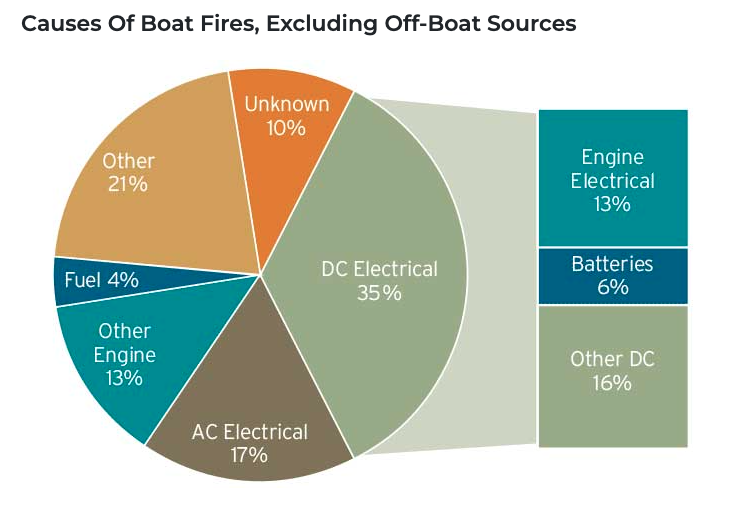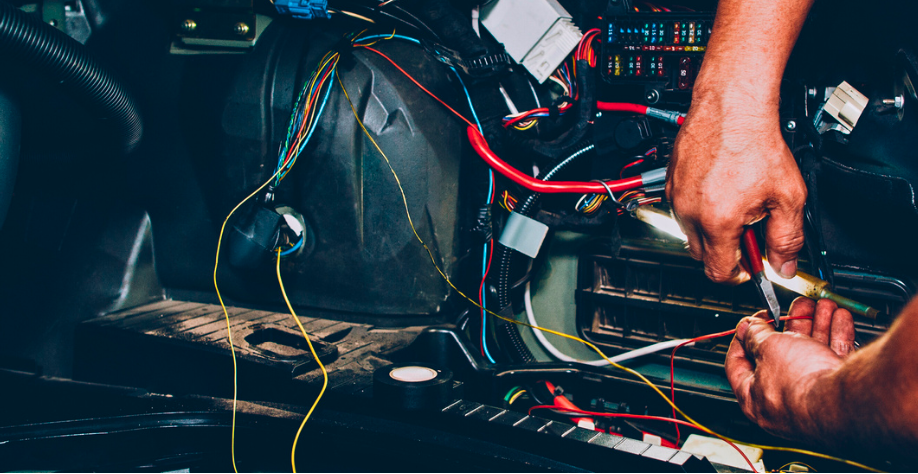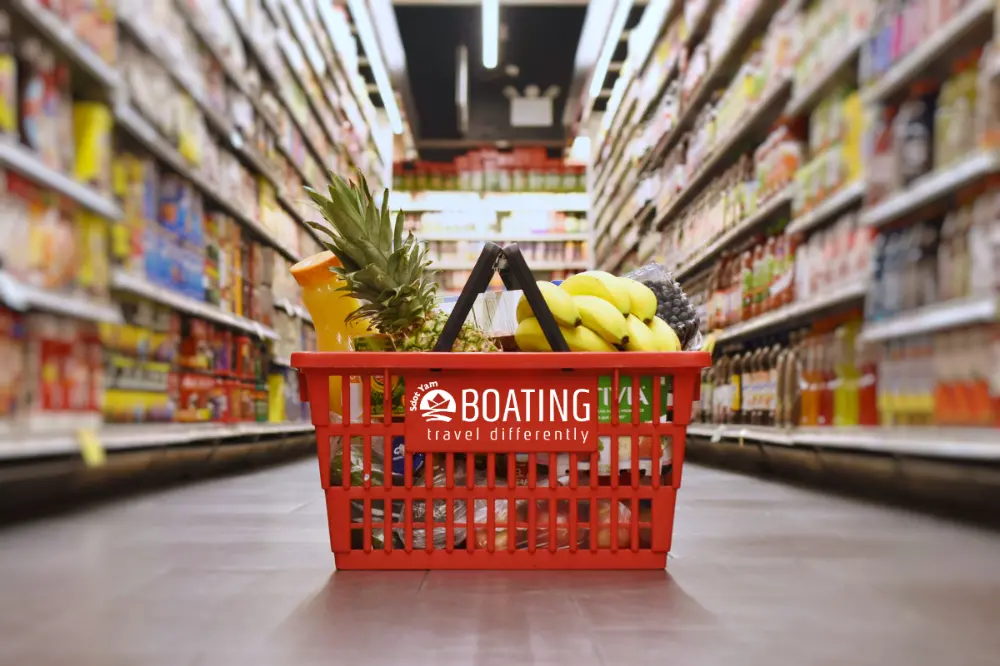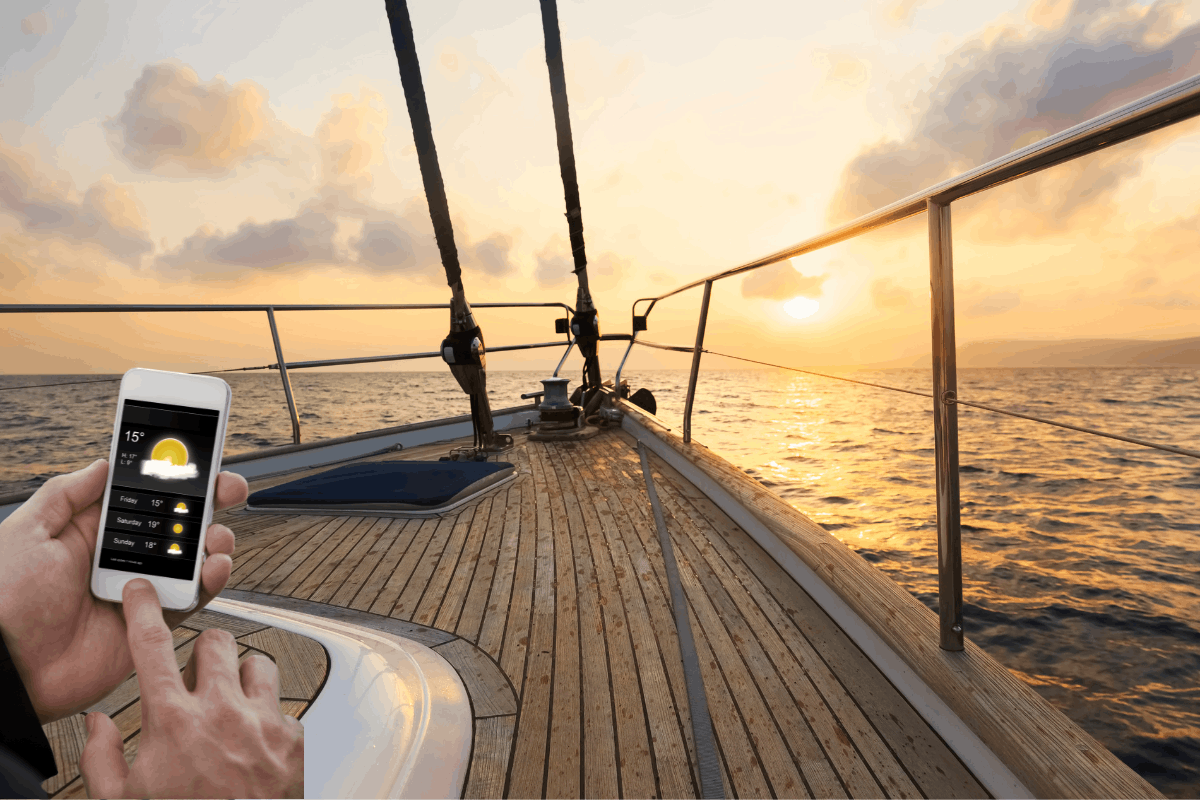Yacht Electricity Systems: Navigating the Challenges of Power Management
On a sailing vacation, one of the most significant challenges the skipper has to face is managing the electricity consumption on the yacht.
Many crews are not sufficiently aware of the fact that contrary to our habits at home, electricity on a yacht is not available without limit. (This is especially true if you use the yacht for sailing and moorings in quiet bays).
Electricity makes life onboard easier and more pleasant. It is essential for operating navigation and communication devices, refrigerator, electric toilets, pumps, navigation lights, music and interior lights.
In addition to all that, it allows us to enjoy air conditioning on hot and humid summer days, desalinate water, enjoy the morning espresso in with the best view in the world, and of course charge our smartphone / camera / computer / smart watch, etc.
As skippers, it is important that we know and understand the electrical system in the yacht we are sailing on. A basic understanding of the system can help you solve certain faults or help define the fault to the rental company or the technician and thus save valuable time and money.
Very important!
Poor and unprofessional maintenance, improvisations and shortcuts in this system may lead to an extremely dangerous electrical fire which is a life threatening event (mainly due to the thick and toxic smoke that is released while the insulation that protects the electrical cables burns).
Vigilance of the skipper and the crew regarding the electrical system can save lives and damage to property (in a study conducted by BoatUS Marine Insurance in 2018 that examined 5 years of insurance claims, it was discovered that electrical system malfunctions are responsible for 52% of vessel fires in the US – see the attached illustration down)
Ready to take a deep dive?
lets start…
An electrical system in a modern yacht consists of two separate systems:
- Shore power (220v/AC according to the European standard or 120v/AC according to the American standard) – this system operates a battery charger, air conditioner, water maker and various electrical devices connected to household outlets scattered throughout the yacht.
- Batteries 12v/DC – this system feeds most of the essential electricity consumers in the yacht such as bilge pumps, shower and fresh water, navigation and interior lights, refrigerator, navigation and communication devices, anchor winch and electric winch, electric toilets and USB charging sockets.
Shore voltage 220v/AC
Shore voltage in a yacht can be obtained by connecting to a designated electricity pillar or by operating a generator and it usually activates a battery charger, an electric heating boiler and electrical outlets (in the case of more equipped yachts there will also be a water maker, marine air conditioner, coffee or ice machine, etc…).
* It is very important to use the correct order of connecting or disconnecting the shore power cable to the yacht! To avoid electrocution, always start by disconnecting the power from the shore position and only then disconnect from the yacht.
Battery charger:
Of all the consumers, the most important to the functioning of the system is a smart (multi-stage) battery charger since it supplies the electricity to the ship’s batteries. A standard marine charger operates in three separate charging stages to maintain the health of the batteries and prevent overcharging situations that could endanger the batteries and the yacht:
- Bulk (Fast) charge: at this stage, the batteries are charged at a relatively high pace and their voltage increases up to about 80% of the maximum capacity of the batteries.
- Absorption charge: At this stage the batteries are relatively full and therefore to protect them from dangerous overcharge, the flow of electricity in the last 20% is limited to prevent the batteries from boiling over (therefor this stage may take several hours).
- “Float” charge: at this stage the battery is already completely full, so charging occurs in “drips” that only offset the electricity consumed in the yacht.
Voltage converter (inverter):
This is an electrical device transforms battery DC voltage into the household AC voltage we all know and love, but this convenience comes with a heavy price tag. When the inverter feeds many devices at the same time or heavy consumers such as a water maker, marine air conditioner or home refrigerator, the battery voltage will drop quickly and you will need to charge them again shortly.
*Our recommendation: you should only use the converter to charge small devices such as computers, cell phones or a small coffee machine. It is very important to remember to turn it off immediately after use.
Common faults in the shore voltage system:
- The shore power cable is not connected properly or there is corrosion in the contacts.
- A circuit breaker has tripped at a shore position – before you jump barefoot onto the wet dock (God forbid) to lift it back to “on” position, stop and check why it tripped… keep in mind that sometimes the electricity infrastructure is not sufficient to operate so many consumers at the same time (especially if several yachts operate air conditioning at the same time).
- A circuit breaker has tripped in the yacht – every yacht has a circuit breaker close to the shore power connection whose function is to protect the electrical system from overload that could lead to a fire. when that happens, no electricity will be received in the yacht even though the shore power connection is active. If this is the case, try to disconnect the problematic consumer.
Battery voltage 12v/DC
In most charter yachts, battery charging can be obtained from these sources:
- Alternator – connected to the yacht’s engine with a strap and charges the batteries during its operation.
- Solar panels – charge the batteries through a dedicated regulator (MPPT).
- Smart charger – converts shore voltage or generator (220v/AC) to battery voltage (12v/DC).
For the sake of simplicity, we will only focus on the two main types of batteries in the world of yachts based on a chemical reaction between lead plates and sulfuric acid:
- Fast discharge batteries – provide very large electric current for short periods of time and are therefore mainly used to start the engine (but also to operate other heavy electricity consumers such as a bow-thruster or anchor windlass).
- Deep discharge batteries (gel or AGM) – provide relatively low electric current for a long time and are therefor used to operate all the essential systems in the yacht such as navigation, lighting, refrigerator and various pumps.
*Intensive use of electricity and multiple discharges of the batteries can quickly lead to a situation where the batteries are “tired” and require longer charging times. The best way to check the batteries state of charge is to measure voltage while no consumers are operating (no load).

Low voltage in the batteries is the main cause of a variety of malfunctions in the yacht. These tend to happen after several hours in which the batteries operate without charging (in the early morning hours, after several hours of anchoring or following long period of sailing without electrical charge).
Symptoms of low battery voltage may include:
- Electrical toilets that do not work.
- An anchor winch that operates slower then normal or tripps the fuse after a few seconds of work.
- A refrigerator or freezer that does not keep cold.
- Navigation devices that beeps or turn off without warning.
- An engine starter that spins slowly and having difficulty to start.
Battery voltage is too low – what should I do?
- If you are docked in a marina, connect to shore power and check the battery charger is working.
- If there no external connection is available or you are out at sea, start the engine or generator (if available).
- Check that the charging voltage of the batteries is at least 13.5 volts (if this is not the case, check the alternator belt does not slip and make sure the cable connections on the battery are tight and free from corrosion and dirt).
- Disconnect all non-essential electrical consumers (music, cabin lights, refrigerator)
- Check for heat on the battery posts or the cables connected to it (hot cables are a sign for electrical resistance and loss of electrical conductivity)
Battery charging voltage is too high – what should I do?
Overcharging is a dangerous situation manifested by charge voltage higher than 14.4 volts.
In such a case, the charging current should be disconnected immediately. If overcharging continues, the acid in the battery will begin to boil, the battery will swell from explosive hydrogen vapors and may explode and cause a fire!
- If the charging is carried out via the engine, there may be a fault in the voltage regulator of the alternator.
- If charging is done using shore power or a generator, the battery charger must be turned off immediately.
How do you manage electricity smarter?
- Check the battery voltage regularly.
- Run the engine for five hours or more a day at medium speed. This will allow you to charge the batteries to about 70% so that you can use the yacht’s essential electrical consumers.
- When lifting an anchor with an electric windlass, make sure the engine is running at high revs.
- To fully charge the batteries, be sure to connect every two to three days to a dock with an electrical connection or run a generator for several hours.
- It is recommended to take advantage of the afternoon hours for sailing and charging electricity with the help of an engine, so you can start the night with full batteries and hot water for showers.
- If solar panels are installed on the yacht, make sure to clean them well from salt and dust and try to keep them exposed to direct sunlight without unnecessary shading.
Brief the staff about the importance of saving electricity:
- Turn off unnecessary lights in the living room, bathrooms or cabins.
- Try to be as short as possible in running the fresh water and showers pumps that consume electricity.
- A refrigerator that operates throughout the day is a significant consumer of electricity, it is recommended to turn off the refrigerator at night or raise the temperature on the thermostat.



